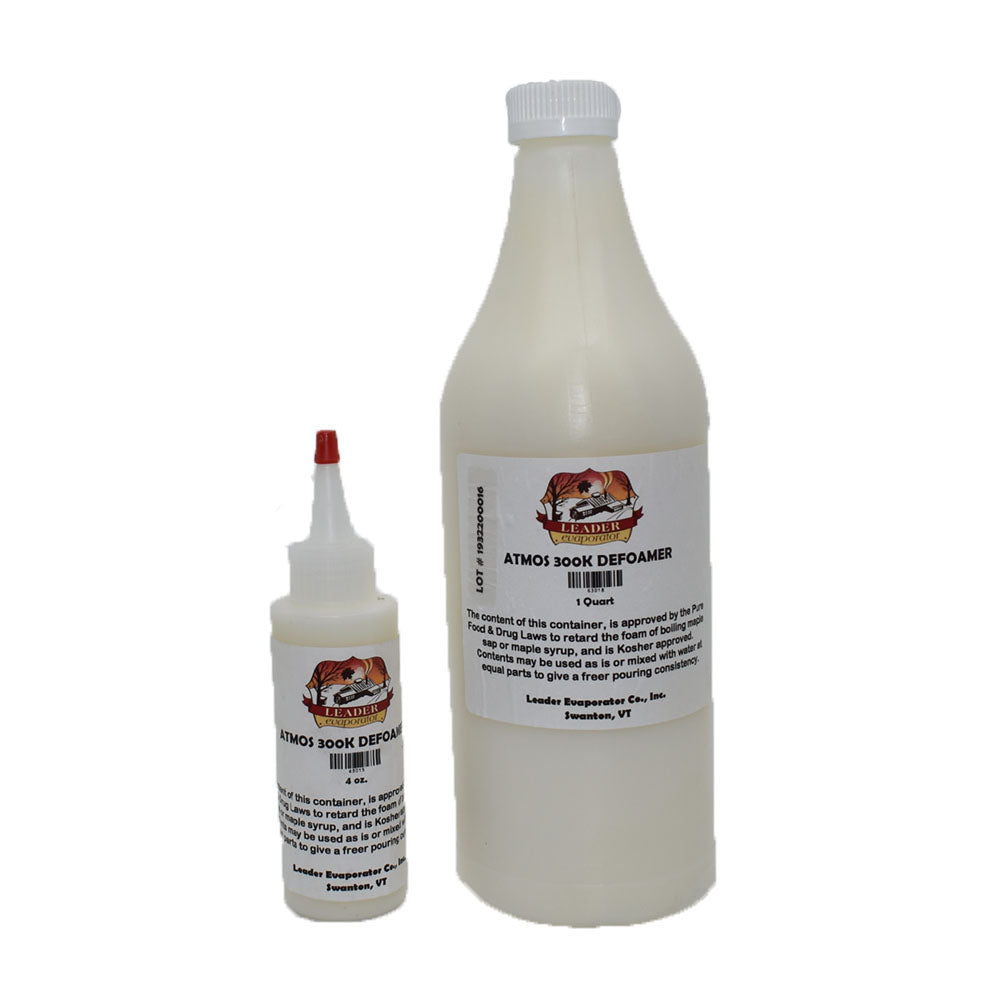Exactly How Defoamers Improve Effectiveness in Production and Manufacturing

Understanding Defoamers
Defoamers play an important role in various manufacturing procedures by properly combating the formation of foam, which can interrupt procedures and influence product high quality. Foam can arise in various contexts, such as throughout blending, heating, or chain reactions, potentially resulting in ineffectiveness and variances in products. The device by which defoamers operate usually involves decreasing the surface stress of the fluid, enabling bubbles to coalesce and rise to the surface area quicker, where they can then burst.
Effective defoamers not only lessen foam formation but likewise maintain compatibility with the item, making certain that there are no unfavorable results on the final outcome. Understanding the homes and features of defoamers is important for makers intending to optimize their processes, improve performance, and maintain the stability of their items (defoamers).
Key Advantages of Defoamers
Making use of defoamers in manufacturing procedures offers a variety of significant benefits that improve functional performance and product quality. One of the main benefits is the reduction of foam formation during production, which can obstruct machinery and interrupt operations. By minimizing foam, defoamers ensure smoother operations, resulting in reduced downtime and upkeep prices.
Additionally, defoamers improve product consistency by protecting against air entrapment, which can compromise the integrity of the last item. This is specifically essential in sectors where visual appearance and texture are critical, such as in paints, coatings, and food. Improved product high quality not only fulfills consumer expectations however likewise strengthens brand name online reputation.
Moreover, defoamers can aid in optimizing resource usage. By enhancing the efficiency of resources utilization, they contribute to cost savings and minimized waste, straightening with sustainability objectives. The application of defoamers can lead to much shorter handling times, allowing producers to enhance manufacturing capability without considerable funding investment.
Applications in Various Industries
In manufacturing processes throughout various sectors, the application of defoamers plays a crucial duty in improving efficiency and product top quality. These chemical additives are used in sectors such as food and drink, pharmaceuticals, and fabrics to mitigate foam-related difficulties.
In the food and drink industry, defoamers are essential throughout the fermentation process, preventing lathering that can interfere with production and spoil the item's honesty. Similarly, in the pharmaceutical field, defoamers are utilized in the formula of fluid medications, making sure harmony and security while lessening waste.
Textile production also takes advantage of defoamers, as they are used in dyeing and ending up procedures to promote even distribution of dyes and chemicals. This application not just enhances the end product's look however additionally lowers the quantity of water and power eaten throughout production.
Additionally, in the paper and pulp industry, defoamers help maintain process efficiency by decreasing foam that can hinder equipment performance. Generally, the diverse applications of defoamers across these industries highlight their significance in enhancing manufacturing processes and delivering premium products.

Selecting the Right Defoamer
Picking a suitable defoamer is vital for optimizing performance and quality in manufacturing processes. The option of you can check here defoamer relies on numerous factors, including the specific application, the kind of foam being produced, and the solution of the item being made.

Firstly, take into consideration the chemical compatibility of the defoamer with various other active ingredients in your solution. A defoamer that connects adversely with various other elements can detrimentally affect product quality. Additionally, the temperature level and pH array throughout handling are important; some defoamers do efficiently under specific conditions while coming to be inadequate in others.
Secondly, review the defoamer's efficiency features, such as its capability to rapidly reduce foam and its persistence throughout manufacturing. It is vital to select an item that not only removes foam swiftly yet also preserves its efficiency over time.
Lastly, consider ecological and regulatory variables, especially if your manufacturing process undergoes stringent conformity requirements. Selecting a eco-friendly or low-toxicity defoamer can help meet sustainability objectives while guaranteeing functional effectiveness. By thoughtfully evaluating these criteria, suppliers can make educated decisions that enhance productivity and item honesty.
Finest Practices for Execution
Successful execution of defoamers in making procedures requires careful preparation and adherence to best methods. Picking the best defoamer, as formerly gone over, is crucial; ensure it is compatible with the materials entailed and addresses the recognized foaming problems properly.
Following, maintain clear communication with all stakeholders, including drivers and quality assurance groups. Educating sessions can help guarantee that everybody understands the dosing treatments, prospective influence on product quality, and safety and security factors to consider. Carrying out a trial stage can likewise be advantageous; monitor efficiency closely to determine performance and make essential modifications.
Additionally, normal testing and surveillance of foam levels can provide beneficial insights right into the defoamer's performance over time. Changing dosages in feedback to adjustments in my link manufacturing variables will help maintain ideal efficiency - defoamers. Ultimately, documenting all procedures and results advertises continuous renovation, allowing for fine-tuning of defoamer usage and boosting general performance in producing procedures.
Conclusion
In summary, defoamers play a critical role in improving effectiveness within manufacturing and manufacturing procedures. By minimizing foam formation and assisting in bubble coalescence, defoamers contribute to enhanced item quality, consistency, and operational effectiveness.
The advantages extend to product quality and price financial savings, as defoamers help simplify processes.Defoamers play a critical duty in different producing processes by properly combating the development of foam, which can disrupt procedures and impact item quality. Understanding the buildings and features of defoamers is vital for manufacturers intending to enhance their processes, boost efficiency, and keep the stability of their items.
Using defoamers in manufacturing procedures offers an array of considerable benefits that improve functional performance and item high quality.Furthermore, defoamers enhance product find uniformity by avoiding air entrapment, which can endanger the honesty of the last product.
Comments on “Effective Use of Defoamers in the Pharmaceutical Manufacturing Process”